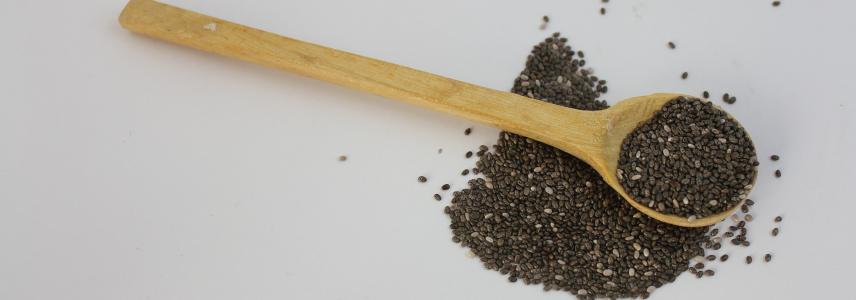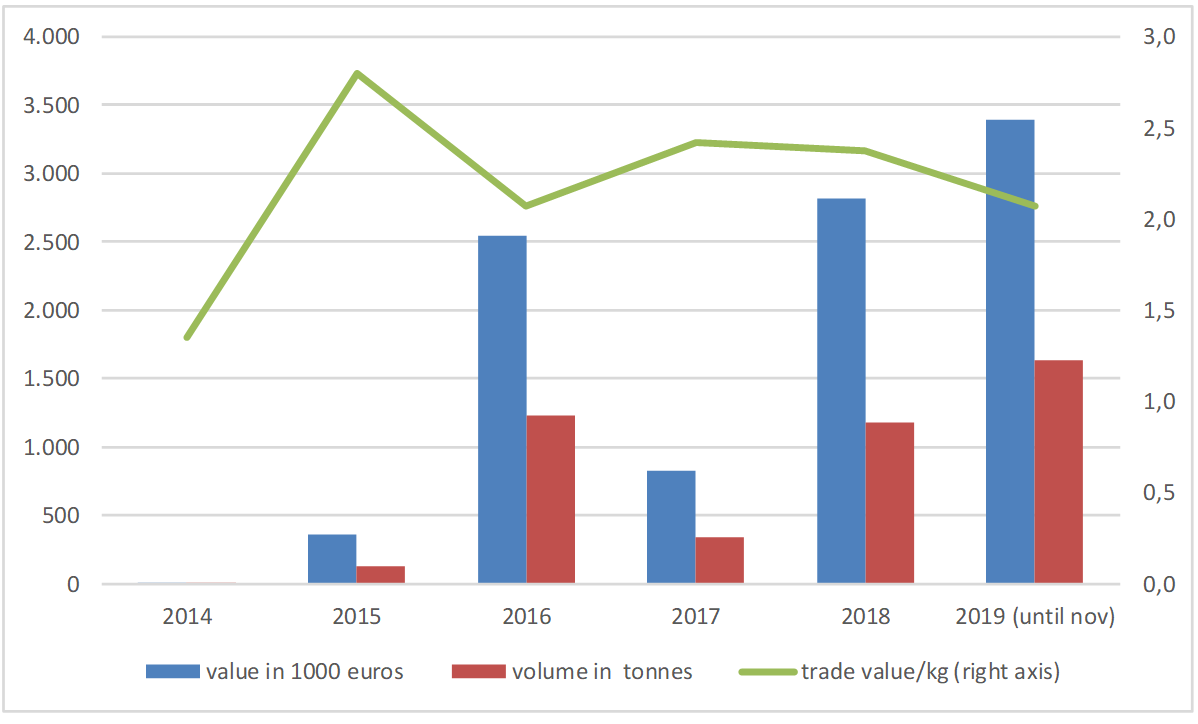What is the future of African chia?

After chia became a new popular superfood, its cultivation was promoted among South American farmers. Production increased in Paraguay, Bolivia and Argentina. Africa followed soon after. But is Africa profiting? Is there a future for African chia in a market dominated by Latin America?
In Africa, Uganda is the main player in chia production. Kenya, South-Africa and Tanzania produce smaller amounts. Estimated production in Uganda is up to 4,000 tonnes. Kenya likely comes in second with a reported volume of 630 tonnes.
Africa is very different from South America. In theory, there are great advantages for Uganda. There, Fertile soil and small-scale farming allow for very clean and organic production of chia seeds. Still, much of the labour is manual, and farmers are not always organised enough to supply the demanding European market. In South America, chia seeds are often grown efficiently, just like soybean and maize. According to South American professionals, production in Africa is too expensive, and the country struggles with microbiological challenges.
Chia development in Africa
Farmers in Uganda have been encouraged to grow chia seeds. The commercial production started with the help of NGOs and the direct involvement of private businesses. Social enterprise Momentum Trust actively searches for farmers. It provides chia seeds for sowing, financing and courses to farmers in Kenya. The company Übelhör started its own chia project in Uganda using 650 hectares to grow organic chia. And another German company, Davert, offers Demeter certified chia from Uganda. So, there is definitely interest in growing chia seed in Africa.
Still, not all chia seed growers have had success. Several news sources mention possible farm prices in Uganda of 4 to 5 euros/kg or 15-20,000 UGX, according to Uganda Radio Network. Some sources even mention prices up to 13 euros/kg or 15 USD, according to Mordor Intelligence. However, the international market price for organic certified, export-ready chia seeds has hardly reached 3 euros in the last 5 years. The reality is that Ugandan farmers currently get around 0.65 euros/kg.
In 2016, there were few exporters active in Uganda. This gave farmers little choice for selling their chia. This resulted in a protest against the low prices. in 2017, production was much lower. This was not only due to the disappointment of 2016, but heavy rains also spoiled many of the crops. Still, people were optimistic about successful business in chia seeds in Uganda. In August 2019, chia farmers came together again because of uncertainty in price and marketability. Trade statistics show that the value for exported chia to Europe dropped from around 2.5 euros/kg in 2018 to under 1.8 euros/kg in the second half of 2019.
Figure: European import of chia seeds (HS12079996) from Uganda.

Sources: Eurostat and ITC Trademap, calculations by ICI Business.
The future of African chia
Africa remains a promising continent to grow chia seeds. However, African farmers have some catching up to do if they want to compete with the experienced exporters in South America. Developing a bigger local and regional market would help. For exporters to Europe, perhaps the solution is to look for efficiency and add value by improving the quality and processing of chia seeds. The involvement of private businesses from Europe can help with this. For more details, read our study about the market potential for chia in Europe.
This news item was written for CBI by ICI Business.
Stay informed
To stay informed on the latest developments in the grains, pulses and oilseeds sector, make sure to subscribe to our newsletter.